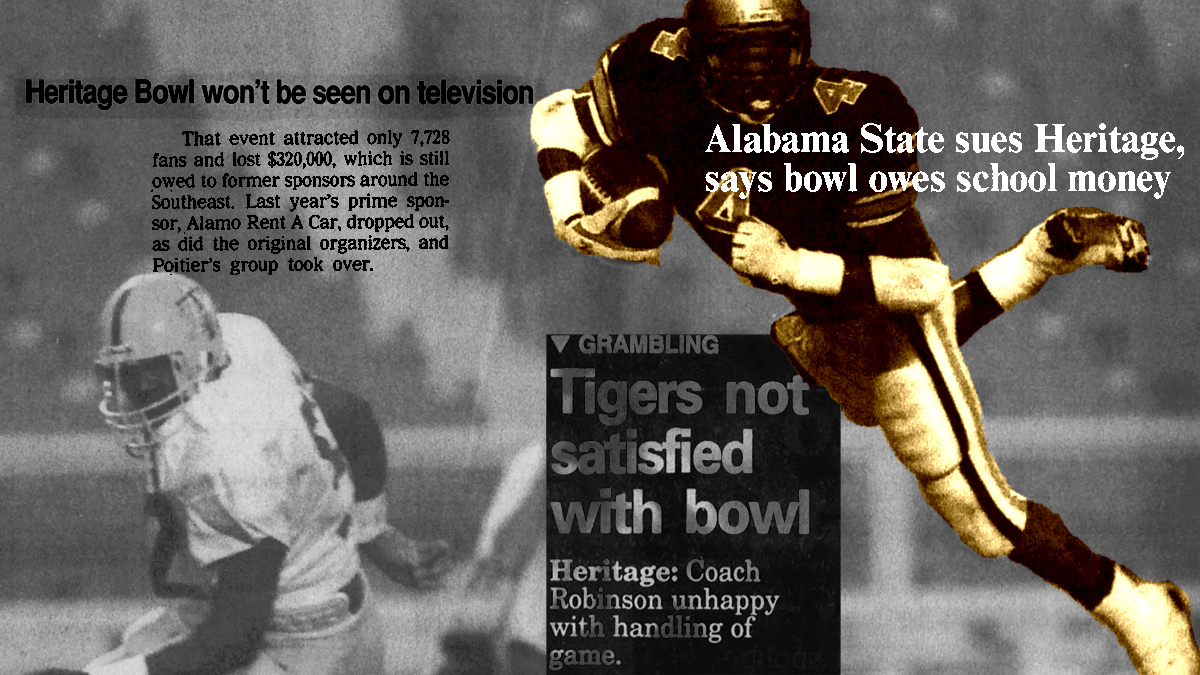The turn of the decade from the 1980s to the 1990s was a tenuous one for historically black colleges and universities as it related to athletics, especially the SWAC and the MEAC.
The two Division I-AA HBCU conferences had fought to gain access amongst the big boys a decade earlier, and while they were technically there, it was an uphill battle all the way. The TV money didn’t flow in as the conferences had assumed it would, and its schools were consistently competing against schools with much better funding, making it hard to have any consistent-sustained success.
The braintrust of the two conferences decided to push for a bowl game between them. One that could produce revenue for them and their members, while also providing much-needed exposure for them. Their solution was the Heritage Bowl.
[inArticle]
The conferences presented the idea to the NCAA in early 1990, but it was shot down. There was talk that maybe, just maybe, HBCUs needed to leave the NCAA and do their own thing.
“Sometimes we look at a lot of things that we do, and that don’t have our way, and we’d like to get out of it,” FAMU AD Walter Reed said at the time. “But I look at being a member of the NCAA like I look at my marriage. I don’t always agree with my wife, but I still love her and I’m going to stay with her.”
Instead, the conferences regrouped and tried again a year later, this time receiving the NCAA’s blessing. And so, the Heritage Bowl was born.
